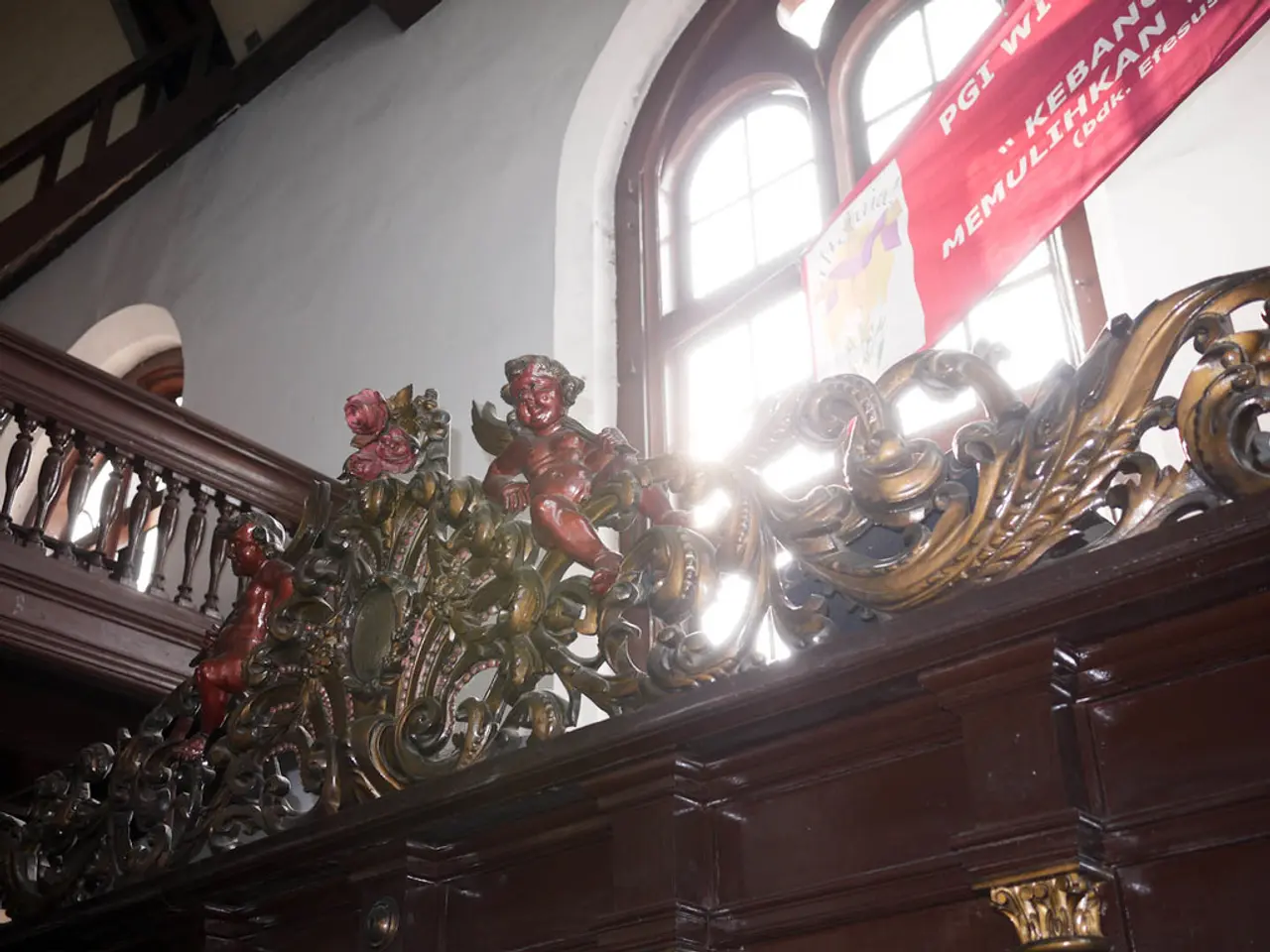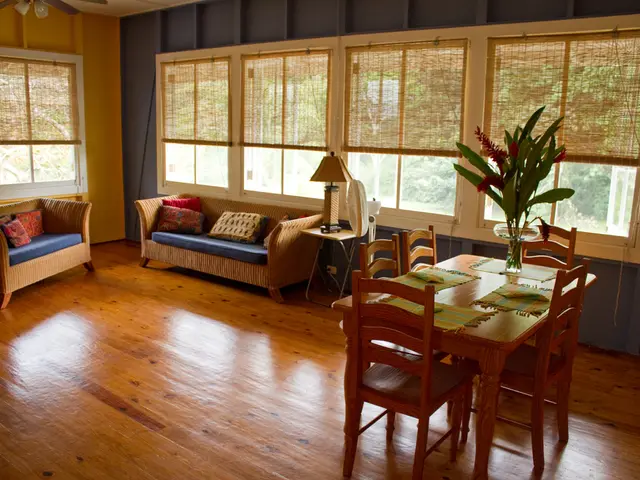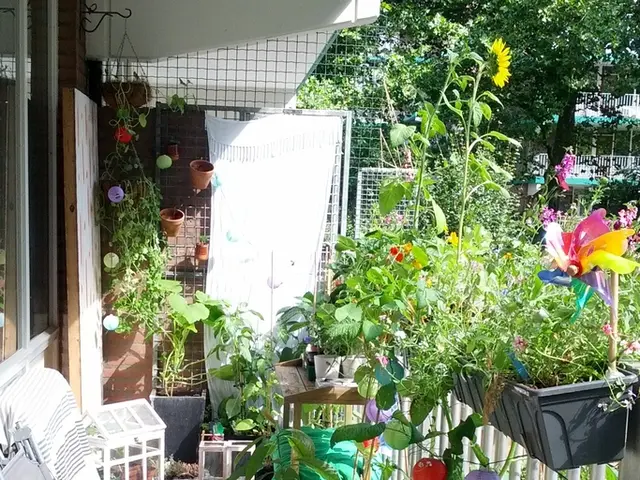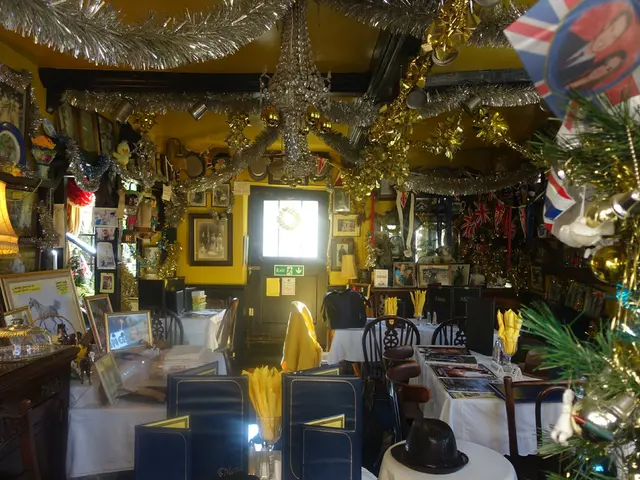Unveiled: The Mystery of the Concealed Hollow Space - Mystery of the Concealed Cavern
In a remarkable find, scientists and historians at the Herzog-Anton-Ulrich-Museum in Brunswick have unearthed a secret hidden in a Baroque furniture piece after 300 years. The discovery, considered a breakthrough for Baroque furniture art research, has shed light on a mystery several centuries old.
During the restoration of an intricately designed vitrine cabinet, a digital X-ray machine revealed a small document in a fine crack. This discovery, made possible by the state-of-the-art technology at the FH Erfurt laboratory, provided irrefutable evidence of the historical Baroque high-gloss finish, making it possible to restore the original appearance of the princely vitrine cabinets.
The document, dated 1729/30, identified the previously unknown commissioner and creator of the furniture as Johann Ulrich Staats, a Brunswick cabinetmaker whose work was thought lost after a castle fire in 1830. This find allows Staats' name to be definitively linked to the surviving vitrine cabinets for the first time.
Johann Ulrich Staats' work significantly contributed to the decoration of Brunswick's Residenzschloss in the 1720s, with the expensive wood paneling of the discovered vitrine cabinet being a testament to his skill. The museum, in acknowledging the find, highlighted the successful material work in addition to the 'spectacular find'.
Ursel Gaßner, responsible for lacquer and furniture restoration at the museum, said the find is like Master Johann Ulrich Staats reaching out his hand to them. The artist responsible for the intricate designs on the vitrine cabinet is Georg Christian Thomann.
The museum plans to research and restore all four surviving cabinets by the 275th anniversary of the Herzog-Anton-Ulrich-Museum in 2029. The restored cabinets will be presented in their original historical context, focusing on the original collection display of the Duke.
Scientists are calling the discovery a spectacular find and a breakthrough for research. The museum's successful restoration work has not only brought to light a lost piece of Brunswick's history but also opened up new avenues for research in Baroque furniture art in Northern Germany.
Read also:
- Long-Term Prescription Drug Impact on Brain Function
- Diabetes Management during Pregnancy: Keeping Tabs on Blood Sugar Levels and Lifestyle Adjustments
- Life Expectancy with Interstitial Cystitis: Exploration of Research, Treatment Methods, and Additional Information
- Signs of Excessive Negativity in Your Surroundings: Recognizing and Managing Them







